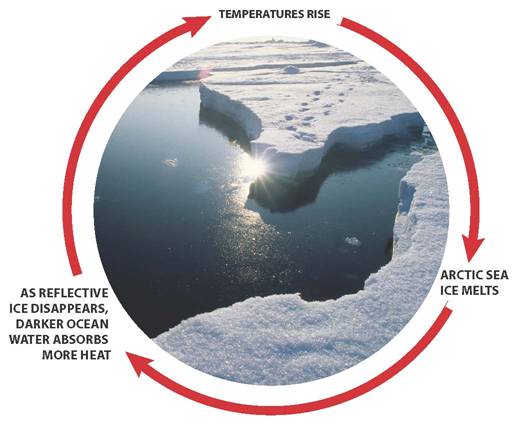- Home
- » Complexity Theory
- » Emergence and self-organization
Emergence and Self-Organization
Emergence is a key concept in complexity science - the growth or evolution of more complex forms through simple rules. Emergence must operate through interactions at local or microscales, that is ‘bottom-up’ rather than ‘top-down’ rules. eg. chemical reactions, individual purchasing choices. Complex forms may be difficult to explain unless we understand how fine scale interactions create intermediate forms that then interact to produce high level complex forms, like mature ecosystems and cities. Reductionistic ‘drilling-down’to observe fundamental units does not give all the information needed for ‘scaling-up’and explaining the whole - understanding the relationships between the units is key.
Self-organisation describes characteristic relationships in emergent systems created by feedback mechanisms that either amplify an effect (positive feedback) or dampen an effect (negative feedback). The figure below shows an example of postive feedback. The theory of self-organised criticality suggests that as systems evolve to ever more complex states they exhibit variability that is independent of scale. Basically, change in evolved systems will show a relationship of magnitude and frequency that is describe by a mathematical power law, with very few large events and many small events. For earthquake zones, this means a magnitude 7 will occur but we can't tell when!
Self-organised criticality also argues that systems evolve to reach critical states where they become sensitive to disproportionately small impacts…before they crash!

Figure: Positive feedback between climate change and Arctic Sea ice cover.


 中文版本
中文版本

